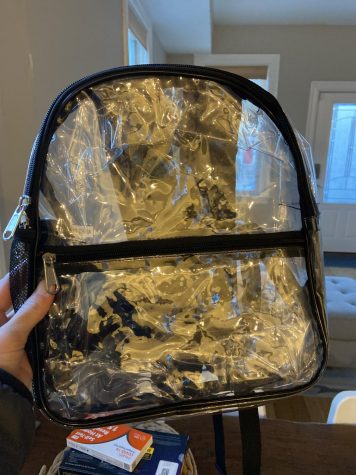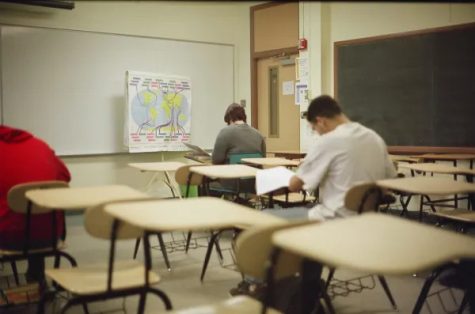Possible active shooter drills send emotions through students
The school prepares to hold emergency procedure practices
In response to the tragic Marjory Stoneman Douglas shooting on Feb. 14, Florida schools are now invoking new policies and reforms to prevent a similar incident from ever occurring again. Legislation passed in March and was signed into law by Gov. Rick Scott. The legislation specifically entails raising the minimum age from 18 to 21 to own a gun, creating a waiting period until after a background check has been completed, banning bump stocks, devices capable of turning a regular gun into a weapon of mass destruction, arming school employees, funding school security through police officers and expanding mental health regulations and restrictions.
Specifically, this bill will lead to updated security education, increased police presence at schools and improved security drills. Currently at Western, there is one SRO (Safety Resource Officer), Brittany Assam and one SWAT member who carries a gun at all times, Curtis Schock. The school also invoked mandatory wearing of identification badges on lanyards, with incentives for those who follow protocol early. The distribution of the candy “Bit-Bits,” which happen to expire this current month, have been acting as reinforcers for students to wear their lanyards.
Sophomore Sophia Cury wasn’t motivated by these incentives but said fans of the candy might be.
At Stoneman Douglas, they are now obligated to carry clear backpacks, a regulation made by Supt. Robert Runcie on March 21.
Security drills and practices were re-evaluated and revamped. On April 11, at 9:10 a.m., a code yellow was called, followed by a code red at approximately 9:20 am during sixth hour, which ended around 9:40 a.m. These drills were expected, though the exact date or time wasn’t known.
Sophomore Kaylinn Escobar supported these drills.
“I believe the code red drill was sufficient in response to scoping out necessary protocol that needs to be enacted post-MSD. I think it offered an opportunity for students to get used to taking drills more seriously. The teachers and staff did an amazing job at stopping students from fooling around or making light of the situation.”
Regarding the questions of any anxiety or fear driven from the drill she stated “Personally, my 6th period teacher [Ms. Collantes] found a great place to hide as a result of the drill on such short notice, making me believe we would be prepared in situations of emergencies. I believe unexpected drills won’t make much of a difference in the fear or anxiety factor on students because ultimately no one can predict how he or she will act when put into a life or death situation.”
Sophomore Sydnee Dymock said the drill couldn’t fully prepare students.
“I believe [the school] waited too late to [conduct the drill] because [the shooting] was so long ago. Also [people] knew it was fake, so I don’t think it was very helpful at all to prepare for real life. The anxiety of the drill reminded people how easy it is for people to get in [to the school]… people walk onto campus all the time…[The drill] created fear [among students].”
With the first drill complete, procedures will be revised as the school tightens preparations for emergency situations.




